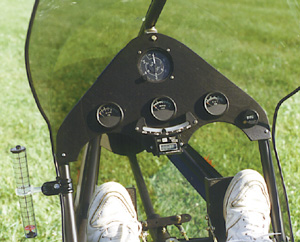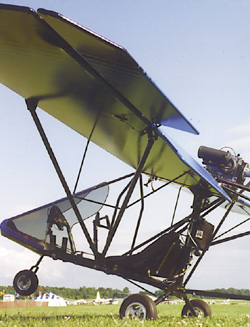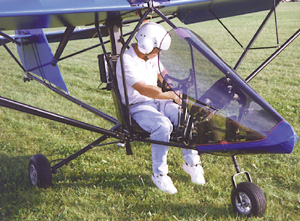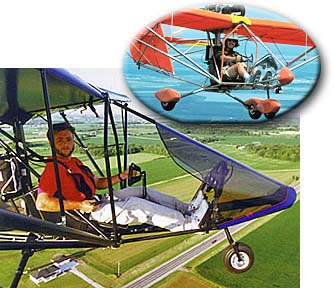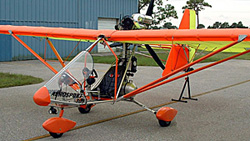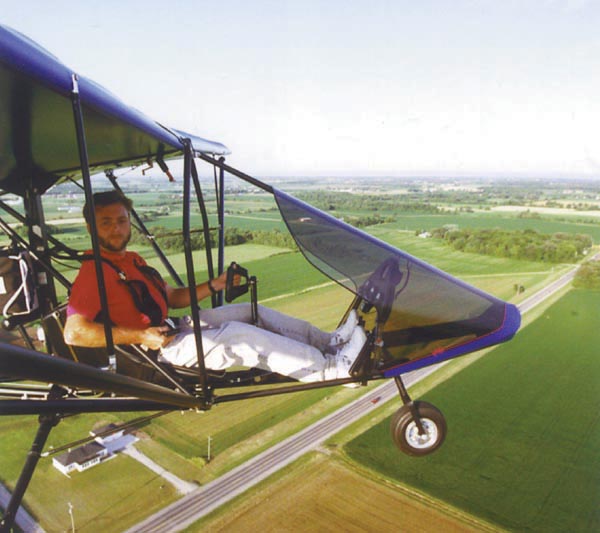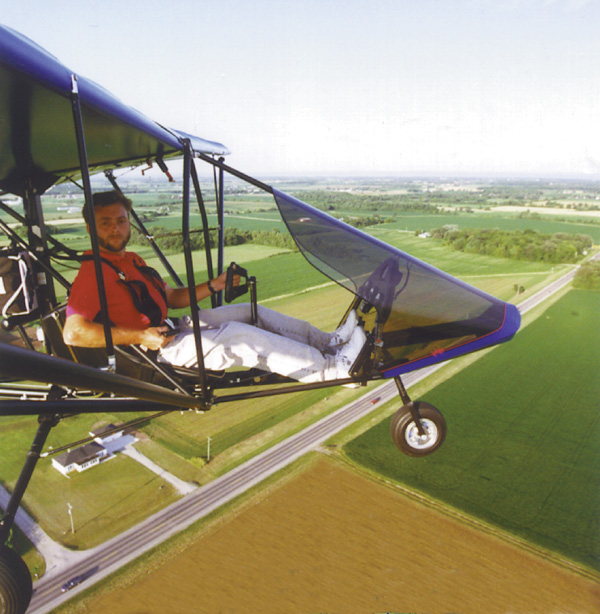
[UPDATE spring 2014] — The Aerolite 103 is now manufacturered in Deland, Florida by U-Fly-It, the contact info for which is located at the end of this article. In addition, a new company is representing the product in Europe under the name Vierwerk. The design appears to be enjoying great interest and support at this time. [UPDATE summer 2011] — Aero-Works, the company referred to in this article written in 1997, left the business several years ago. During its absence a different producer, Wings of Freedom, offered their Phoenix-103, a derivation of the Aero-Lite 103 but with numerous small changes. This article refers to the aircraft built by AeroWorks and will not be identical to the Aero-Lite 103. The companies are different and Terry Raber has no association with Wings of Freedom. Now, in the summer of 2011, I am happy to report the original designer is again the producer of the Aerolite 103, and it retains an excellent price, less than $15,000.





